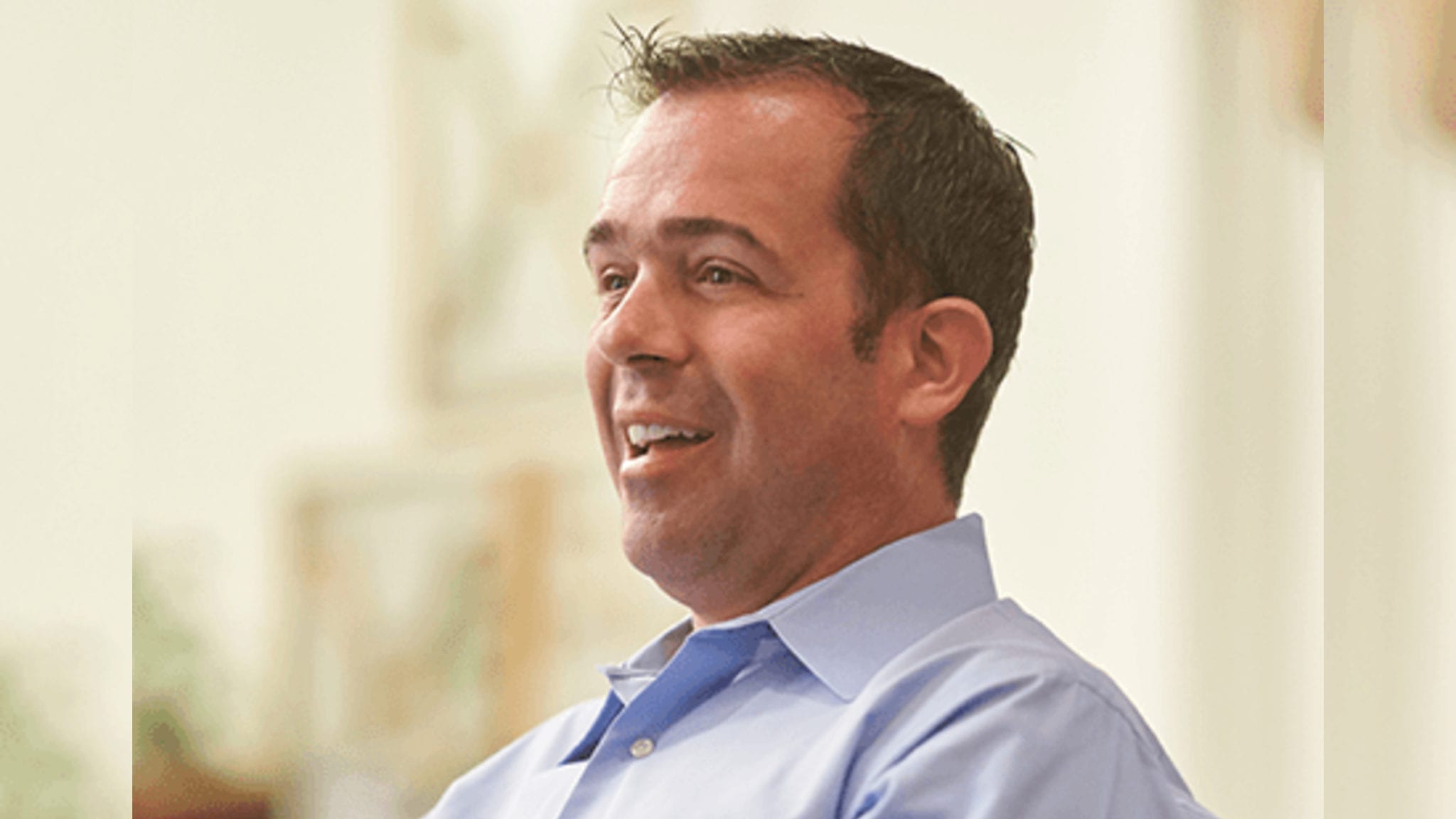
Zachary Hornby. Boundless
'A fourth revolution in cancer therapies': ARCH-backed Boundless Bio flashes big check, makes bigger promises in debut
It was the cellular equivalent of opening your car door and finding an active, roaring engine in the driver seat.
Scientists learned strands of DNA …
Sign up to read this article for free.
Get free access to a limited number of articles, plus choose newsletters to get straight to your inbox.